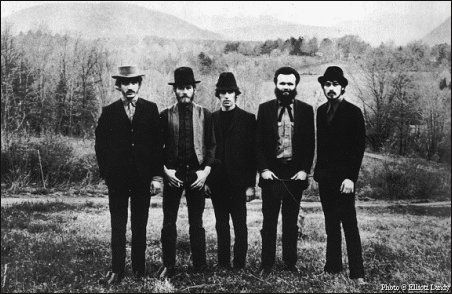Amsterdam: Anne Frank Huis
- Gabrielle Bossy

- Jan 26, 2016
- 3 min read
Day three in Amsterdam started with a tour of the Anne Frank House- the part of the trip I’d been looking forward to most. Growing up in Canada, Anne Frank’s story is known to practically everyone, yet as somebody who studied the Holocaust, it isn’t talked about in university classrooms much.
Before I go on, I should say that if you’re planning on travelling to the Anne Frank House, you should definitely buy your tickets online or else you will be waiting in a very long, LONG line to get inside.

Anne Frank was actually born in Frankfurt, Germany but when the Nazis came to power, her father Otto moved her entire family to the Netherlands in hopes of a safer life. Unfortunately, the lives of Jews living in Amsterdam were also harshly restricted. No Jews in swimming pools or on the beach, no Jews at the cinema, Jews must go to separate schools, Jews are not allowed to have bicycles (I didn’t really think this one was a big deal until I came to Amsterdam) and so on and so forth. Their only chance for safety was to go into hiding. So in July 1942 that’s what they did.
The tour takes you through the bottom warehouse where Otto worked, up to the top two floors of the attic where Anne’s family lived with another family of three and Fritz Pfeffer. Each room told a different story. First, it talked about their helpers, the employees of Otto like Miep Gies and Victor Kugler. I had heard of these people before but never the others: Bep Voskijl and Johannes Kleinman. The museum does an excellent job giving credit where credit is due.
When I was grading for the Holocaust course at Western, a question I often heard was “Why didn’t more Jews go into hiding?” One must understand that going into hiding was not an option for everyone. First, you needed a suitable place. Second, you needed money and a fair amount of it. Paying for identity cards for extra rations, food, clothing and all you needed to successfully live in hiding was incredibly expensive. Third, you needed non-Jews who were willing to help you and hide you. Even if you had all of these things, you may not survive (as can been seen by Anne’s story).
Heading up into the attic, you can read the stories of all eight people living in the secret Annex: Otto and Edith Frank (Anne’s parents), her sister Margot, a dentist named Fritz Pfeffer and a family of two parents and a son, Peter, the VanPels. Although the stories of each were well done and the space is limited, I would have liked to see more of Anne’s personality through out the museum. She was such a spirited and innocent person but I understand it’s hard to show that in light of the greater picture.
In the living space, we were struck not only by the small size of it but more so by the darkness. Even during the day, with the black out curtains and sparse lighting, the room seemed cold and dark. I can’t imagine spending years in there.

Photo from annefrank.org; the house is actually not furnished but the secret book case was left in place
Finally, we were led into a room to read the fate of Anne and the others hiding in the secret annex. Out of all eight who hid, Otto Frank was the only one who lived. I can’t imagine what kind of life that was afterwards. From here, we were shown interviews of him talking about the discovery of Anne’s diary and how he got it published.
Then we were shown the diary. I should say diaries actually because Anne had several. This was probably the most powerful part of the museum.
At the end of the tour, we came into a room which had objects and photographs from Anne’s life. Videos of people she knew talking about her were played (I found one about a boy who had been her boyfriend before she went into hiding very interesting). The final room, attached to this one, was a large projection screen playing videos and testimonials from people who had gone through the museum and their thoughts on Anne. This was probably my favourite part. From here, we were invited to write our own words before exiting.
I highly recommend visiting The Anne Frank Museum. While it tells one story, it is a good reminder that there are millions of stories that will never be properly mourned or have a museum named for them.

Photo by Ryan Mueller
“To build up a future, you have to know the past.”-Otto Frank
Peace, love & history.



Comments